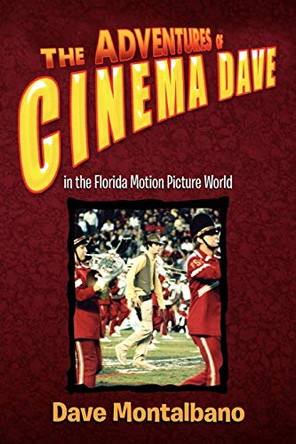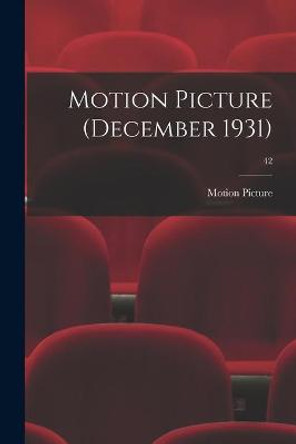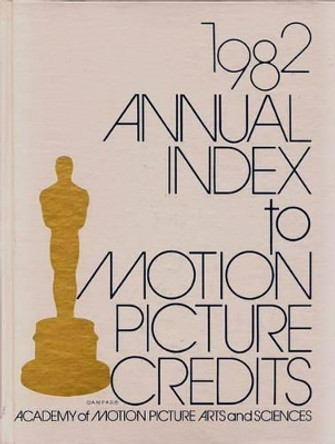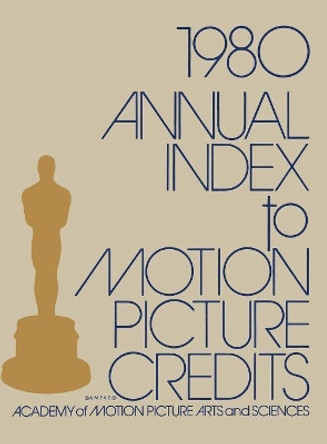Description
Launching the first major survey of films that do not move, Justin Remes challenges the primacy of motion in cinema and tests the limits of film aesthetics and representation. Reading experimental films such as Andy Warhol's Empire (1964), the Fluxus work Disappearing Music for Face (1965), Michael Snow's So Is This (1982), and Derek Jarman's Blue (1993), he shows how motionless films defiantly showcase the static while collapsing the boundaries between cinema, photography, painting, and literature. Arguing that all films unfold in time, Remes suggests duration is more fundamental to cinema than motion, initiating fresh inquiries into film's manipulation of temporality, from rigidly structured works to those with more ambiguous and open-ended frameworks.
About the Author
Justin Remes is assistant professor of film studies at Iowa State University. His essays have appeared in Cinema Journal, Screen, the British Journal of Aesthetics, and Film-Philosophy.
Reviews
An ambitious undertaking, supported by admirably clear prose and an impressive range of research. -- Richard Dienst, Rutgers University Remes's concise writing eloquently recounts his sensitive attention to the screened films that he discusses. His subsequent, objectively based observations are often profound. His description and analysis of the implications of what he has seen in my own films is revealing even to me. Unique in its emphasis on the single frame as the core of cinema, this book is one of the best books ever written about 'experimental' film. -- Michael Snow Justin Remes' Motion(less) Pictures is written and argued so well that one can enjoy it and learn from it without much liking the cinema of stasis. Early on, the book grants us leave to view Warhol's Empire or Sleep in a state of high distraction, perhaps while munching panini and conversing with friends. We can even exit and take a stroll. Remes rightly links both films to Erik Satie's 'furniture music'--'music to which,' John Cage said, 'one did not have to listen' (Satie himself said that 'a man who has not heard Furniture music does not know happiness"). Other types of stasis cinema--"protracted cinema," "the textual film," and "the monochrome film'--invite more sustained attention. In every type, though, duration is more palpable than motion, and Remes recommends that duration rather than motion be considered the 'indispensable component' of all cinema. Yet mindful that cinema is richly diverse and ever changing, he resists reducing it to a single essence. He calls instead for 'a theory of film... as flexible and expansive as cinema itself,' and cites, as supporters as well as foils, multiple artists, theorists, and philosophers. Among them are Michael Snow, Bill Viola, Nam June Paik, Tom Gunning, Steve Shaviro, Noel Carroll, Plato, Aristotle, Bergson, Wittgenstein, Barthes, and Deleuze. The result is a broad survey of aesthetic thought and practice that, while illuminating all of cinema, deftly transposes stillness from the margins of our attention to the center. -- Ira Jaffe, author of Slow Movies: Countering the Cinema of Action A brilliant book... Highly recommended. Choice A worthwhile examination of a small but notable canon. Prefix Photo Magazine
Awards
Winner of Moving Image Publication of the Year 2015.
Book Information
ISBN 9780231169639
Author Justin Remes
Format Paperback
Page Count 216
Imprint Columbia University Press
Publisher Columbia University Press
Series Film and Culture Series















